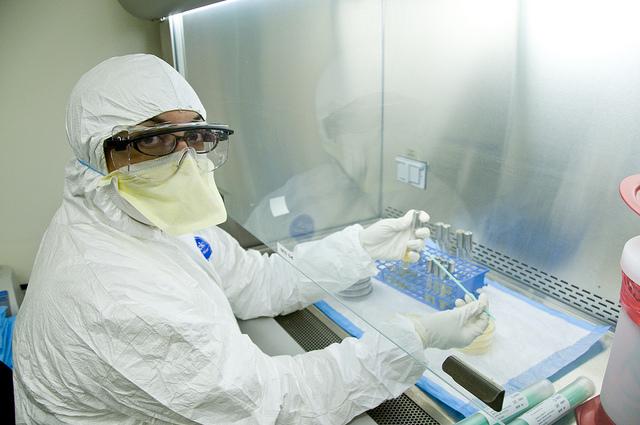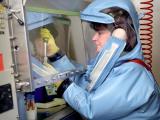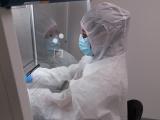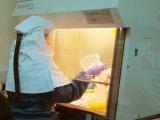Five departments and nine agencies across the US government, including the Centers for Disease Control and Prevention (CDC), have gaps in their policies for safely managing biological agents in high-containment laboratories, the Government Accountability Office (GAO) said in a report released this week.
The GAO, Congress's investigative arm, said it was asked to review lab safety policies in the wake of several safety lapses that were reported in government labs in 2014 and 2015. For example, in 2014 the inadequate inactivation of Bacillus anthracis in a CDC lab potentially exposed dozens of personnel to the pathogen that causes anthrax, though no illnesses were reported.
And in 2015, it was revealed that an Army lab in Utah had inadvertently sent supposedly dead, but potentially live, B anthracis to 86 other labs over a decade.
Insufficient policies, inspections
The GAO lists six elements as essential for managing dangerous agents in high-containment labs: incident reporting, roles and responsibilities, training, inventory control, inspections, and following leading lab safety guidance.
Most of the 8 departments and 15 agencies examined by the GAO had relevant policies, but they did not include all six elements or did not apply to all labs, the report says.
For example, policies at the CDC, Food and Drug Administration (FDA), US Department of Agriculture (USDA) Animal and Plant Health Inspection Service, USDA Food Safety and Inspection Service, and the Veterans Health Administration did not include the incident reporting element. The National Institutes of Health (NIH), part of the Department of Health and Human Services (HHS), was the only agency that met all the GAO criteria.
Most of the agencies primarily used inspections to oversee their labs, but senior officials at eight agencies did not routinely receive inspection results, the GAO found. Also, senior officials at four departments did not routinely receive incident reports. Generally this lack of reporting was due to the lack of a requirement for it.
Long list of recommendations
On the positive side, the GAO said HHS and the Department of Defense (DoD) were making progress in implementing recommendations resulting from reviews of the safety lapses of the past 2 years. As of last November, the CDC and FDA reported having implemented 91 and 6 recommendations, respectively, and were making progress on others, while the NIH had followed all of its recommendations.
The GAO report includes 33 recommendations, "including that departments develop and update policies to include missing elements, ensure that oversight activity results are reported to senior officials, and develop plans with time frames for implementing safety recommendations."
Six departments generally agreed with all the recommendations, but the Department of Energy and the Environmental Protection Agency asserted that no further action was needed for some of them, the GAO said. The GAO insists that the actions are still needed.
See also:
Apr 19 GAO report summary
GAO congressional testimony based on the report (14 pages)
Jun 19, 2014, CIDRAP News story on anthrax safety lapse at CDC





















